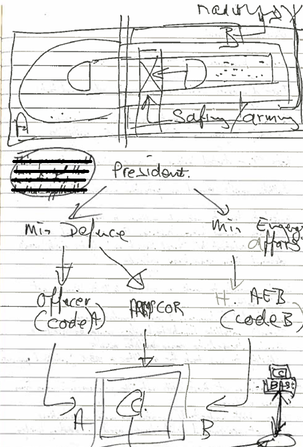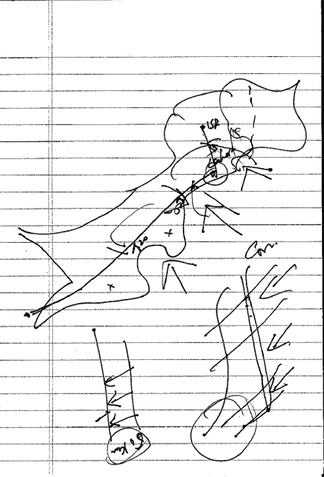|
Book Project
Beyond the Rubicon: Command and Control in Regional Nuclear Powers Command and control systems are the operational means by which a state conducts the management, deployment, and potential release of nuclear weapons. Command and control systems fundamentally underpin important dimensions of nuclear strategy and operations, such as deterrence and strategic stability. Despite these broader implications, however, detailed analysis on nuclear command and control remains scarce in the post-Cold War era. This book project addresses the literature’s shortcomings by making two contributions to the study of command and control in regional nuclear powers. First, the project presents a new conceptual framework of command and control arrangements that emphasizes the procedures employed to transition from peacetime to crisis arsenal management practices. Second, the project provides a theory that specifies how three variables interact to explain command and control outcomes in regional nuclear powers, including the presence of a proximate and conventionally superior adversary, the severity of domestic threats to the political regime, and the level of military organizational autonomy. Evidence from India, Pakistan, apartheid-era South Africa, and the United Kingdom provide the empirical foundations of the analysis, including archival documents and original interview data with political and military elites. These contributions inform academic research on nuclear strategy and operations and yield policy implications for engaging with emerging nuclear proliferators. |
|
Research in Progress
Stephen Herzog et al., "Global Public Opinion on Nuclear Energy Polarized in the Shadow of Zaporizhzhia" (under review) Giles David Arceneaux, "Command and Control in Regional Nuclear Powers" Giles David Arceneaux and Kyungwon Suh, "Measuring the Balance of Terror: Nuclear Platform Diversification, 1945-2018" Rebecca Davis Gibbons, Stephen Herzog, David M. Allison, and Giles David Arceneaux, "The Effect of Local Disarmament Activism" |

